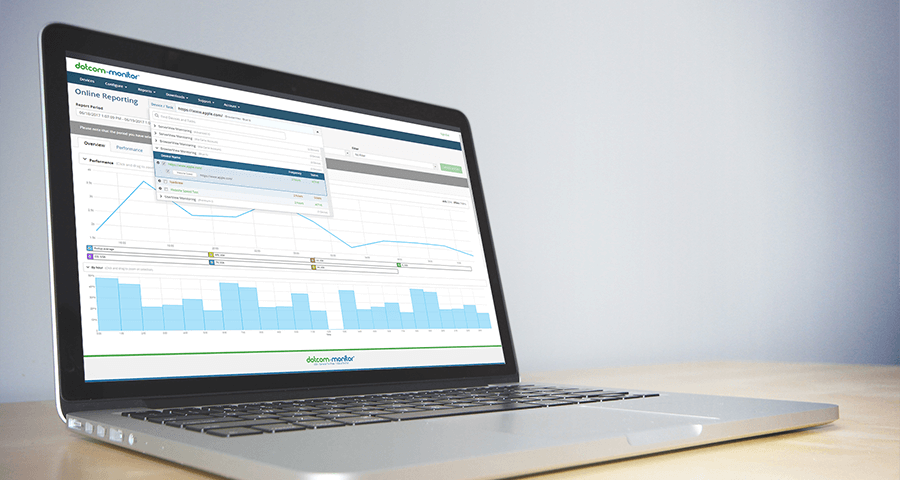 Every year someone rolls out a new testing methodology, new software, or a new business model. It can be overwhelming to keep up with the latest and greatest, but it’s worth it. Your customers will notice your website’s performance more than any other aspect of the user experience. Long page load times will only help your competitors. Load testing simply can’t be overlooked. The success of your business depends on it, even when all the non-techies take site performance for granted. Let’s have a look at what’s new this year for trends in load testing.
Every year someone rolls out a new testing methodology, new software, or a new business model. It can be overwhelming to keep up with the latest and greatest, but it’s worth it. Your customers will notice your website’s performance more than any other aspect of the user experience. Long page load times will only help your competitors. Load testing simply can’t be overlooked. The success of your business depends on it, even when all the non-techies take site performance for granted. Let’s have a look at what’s new this year for trends in load testing.
Trend #1: Cloud-Based Load Testing
This is a massive game changer. Just a few years ago, load testing required a large up-front investment in hardware. How else could you emulate thousands of users accessing your website? Cloud-based testing has changed all that. With a cloud-based load-testing tool like LoadView, you can simulate site visitors from anywhere in the world. For example, if your customer base is located in specific regions of the United States, then you can use cloud-based servers located in only that area. If your business operates in multiple countries, you can select servers based in those areas as well. This is a lot more thorough than load testing with in-house servers. With SaaS (Software as a Service) solutions, you can effectively rent servers for only the minutes you actually use them. This makes load testing accessible to smaller businesses that could use every advantage when competing with the big dogs. Cost savings and improved efficiency make cloud-based load testing the way of the future and load testing trend number one.
Trend #2: Mobile Load Testing
Your mobile web site probably sees more traffic and more sales than the desktop version. Your customers want the same functionality and response time from your site that they would get sitting at a laptop or desktop. It’s increasingly important to include mobile platforms in your load-testing plan. Any load testing software or SaaS worth the expense will include the ability to emulate users from a variety of mobile platforms and operating systems.
Trend #3: Design Optimized for Performance
Load testing isn’t just about predicting your business’s hardware needs. There are a number of ways to tweak your site’s design to optimize page load times. More than ever, web designers and business stakeholders understand the need to adapt their work to your customers’ performance demands. Too many images, sloppy HTML, and other features can slow down page load time. When your load testing results aren’t what you were hoping for, the IT department is no longer solely responsible for speeding things up. Testers should expect to become involved in site design moving forward.
Trend #4: Bigger Budgets
The more customers rely on your website, the more that business stakeholders understand the importance of load testing. Combine a larger budget with the cost savings of cloud-based load-testing solutions, and you’ll be doing more load testing than ever.
“Time to Shine – You’ve been trying to get the rest of the company to understand the importance of load testing for years. This is the year you finally get your way. That makes it more important than ever to use every resource at your disposal to make the most of your time in the spotlight.”
